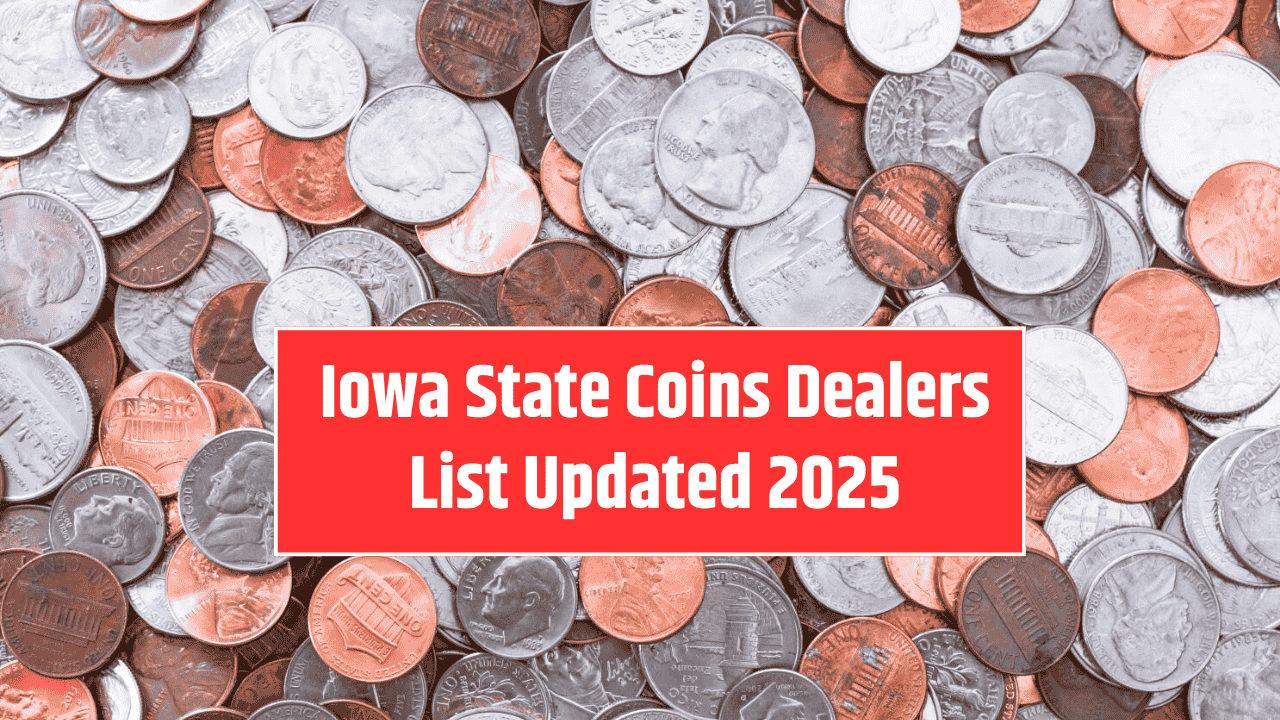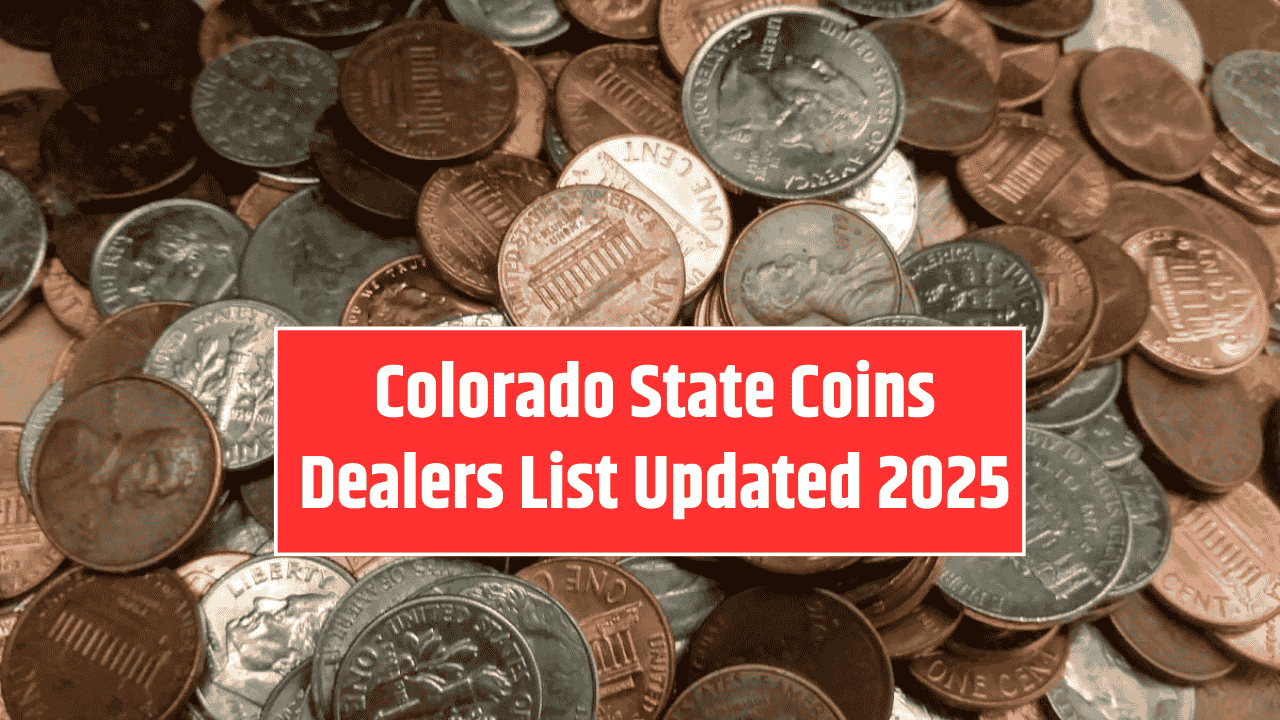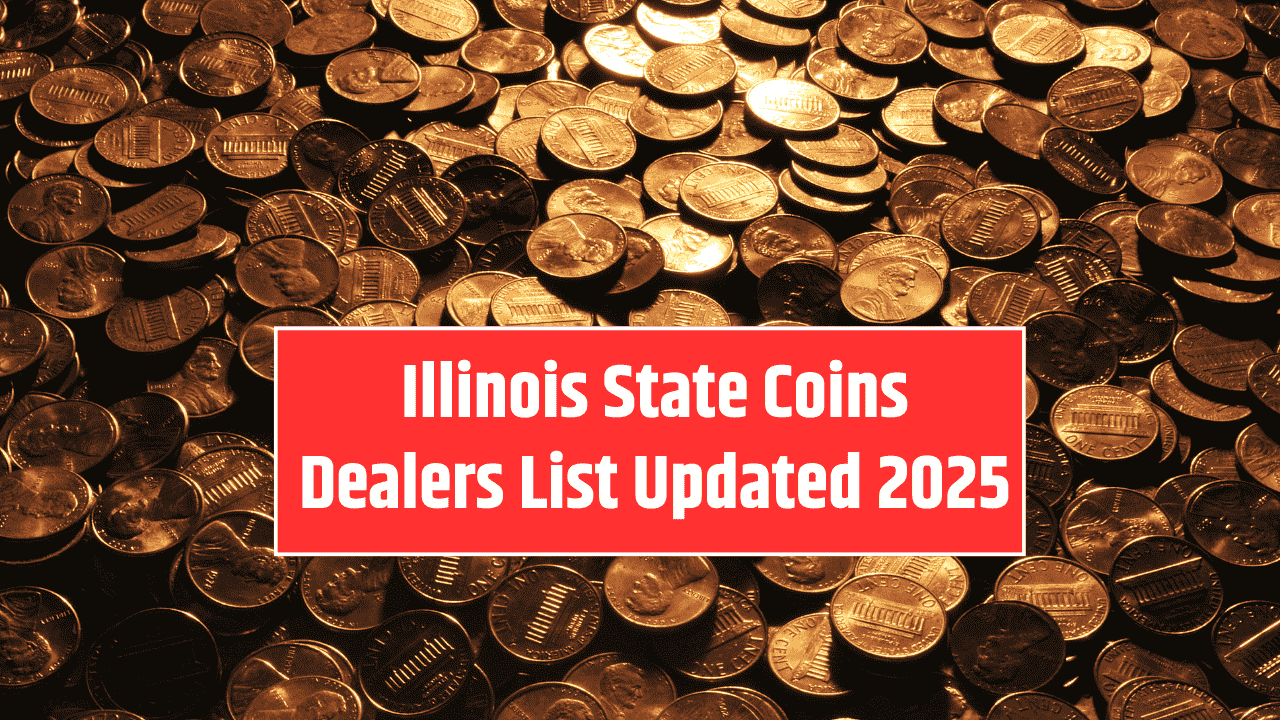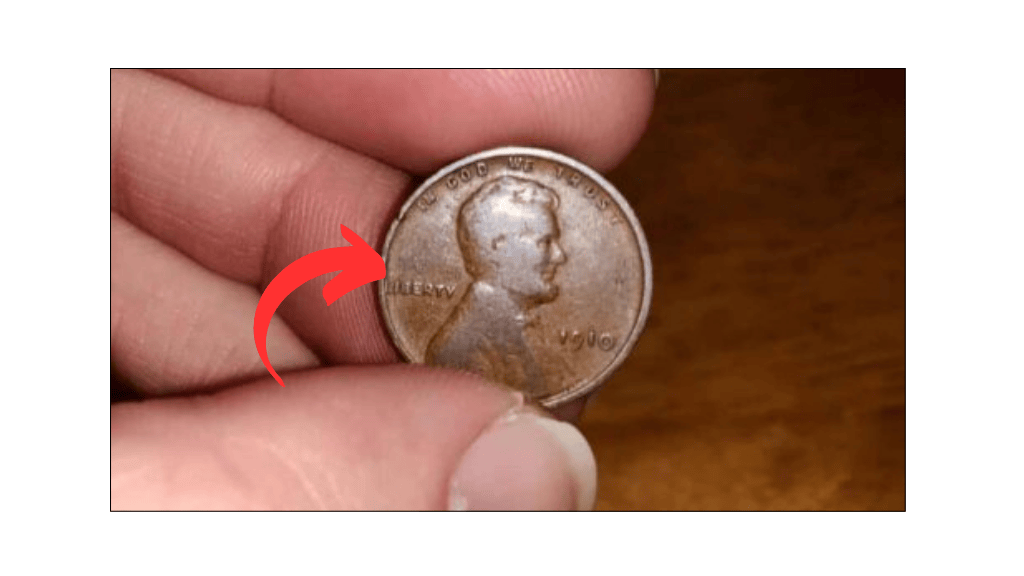Imagine finding a coin in your pocket that’s worth over $100,000! Sounds unreal, right? But it’s true. A rare Lincoln Wheat Penny is still out there in circulation and is valued at a massive $111,000. This small copper coin could be sitting in someone’s jar of change or wallet without them even knowing its real worth. Let’s explore what makes this penny so special and how you might just be lucky enough to find one.
What Is the Lincoln Wheat Penny?
The Lincoln Wheat Penny was first introduced in 1909 in the United States. It’s called the “wheat penny” because of the two wheat ears shown on the back of the coin. These pennies were made until 1958, and they are popular among coin collectors because of their unique design and historical value.
Why Is One Worth $111,000?
Not all Lincoln Wheat Pennies are worth that much. The one valued at $111,000 is a rare type with a mistake or unusual minting. Some coins were made with errors like double stamping, wrong metals, or missing details. These errors are rare, and collectors are willing to pay huge amounts for such unique coins.
For example, a 1943 copper Lincoln Wheat Penny is one of the most famous error coins. That year, most pennies were made from steel due to World War II metal shortages. But a few were mistakenly made using copper. Only a handful of these exist, and that’s why they are extremely valuable—one sold for over $100,000!
How to Spot a Rare Lincoln Penny
Here are a few signs that your Lincoln Wheat Penny might be special:
- Look at the year – Coins from 1909 to 1958 are Wheat Pennies.
- Check for unusual colours or metal – If your 1943 penny is copper instead of steel, it might be rare.
- See if anything looks odd – Double numbers, missing letters, or off-centre prints can make it valuable.
- Use a magnifying glass or consult a coin expert to check details.
Where to Look for One
You can find Wheat Pennies in:
- Old piggy banks
- Coin jars or old wallets
- Change you get from shops
- Family coin collections
- Antique shops or flea markets
- Sometimes, people don’t realise the value and spend them as regular coins.
Should You Keep or Sell It?
If you find a Wheat Penny, especially one with rare features, don’t rush to spend it. First, get it checked by a coin expert or appraiser. If it’s valuable, you can:
- Sell it to a collector or at a coin auction
- Keep it as an investment
- Add it to your personal coin collection
The Lincoln Wheat Penny might look like just another old coin, but some of them are worth a fortune. A rare one could be lying unnoticed in your home or wallet, waiting to be discovered. So, next time you get change, take a closer look—you might just find a tiny treasure worth thousands! Always check old coins before spending or tossing them away. A little attention could lead to a big reward.
FAQ’s
What is the Lincoln Wheat Penny?
The Lincoln Wheat Penny is a US coin made from 1909 to 1958, with wheat ears on the back. It’s popular among coin collectors.
Why is the 1943 Lincoln Wheat Penny so valuable?
In 1943, most pennies were made of steel. But a few were mistakenly made from copper, making them very rare and valuable.
How do I know if my penny is valuable?
Check the year, look for errors like double stamping or wrong metal, and compare with online sources or consult a coin expert.
Can I find a rare Lincoln Penny in circulation?
Yes, some rare pennies are still in circulation. You might find them in old jars, wallets, or even in change from shops.
Where can I sell a rare penny?
You can sell it at coin auctions, to collectors, or online through trusted coin-dealing platforms after getting it appraised.









